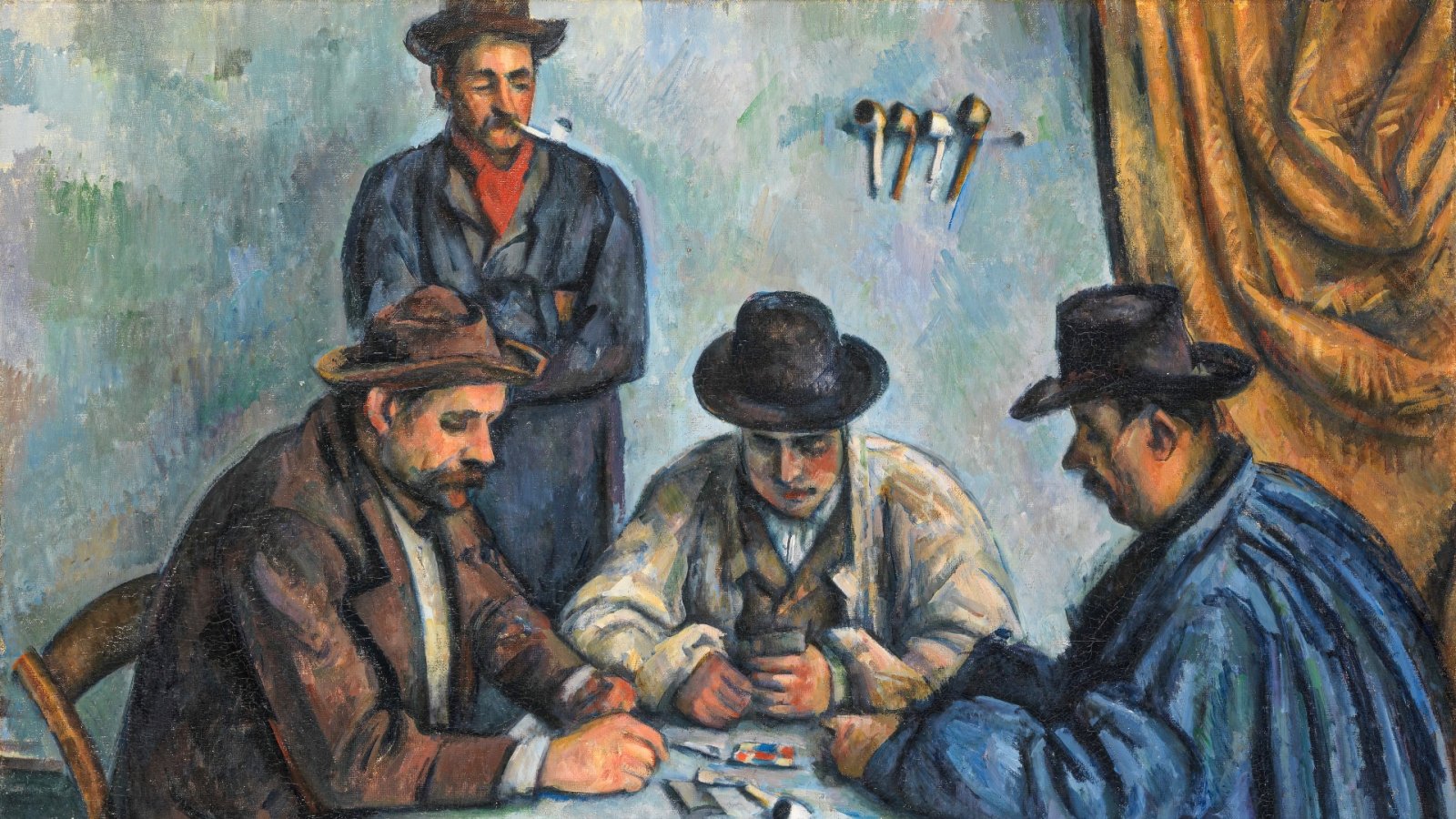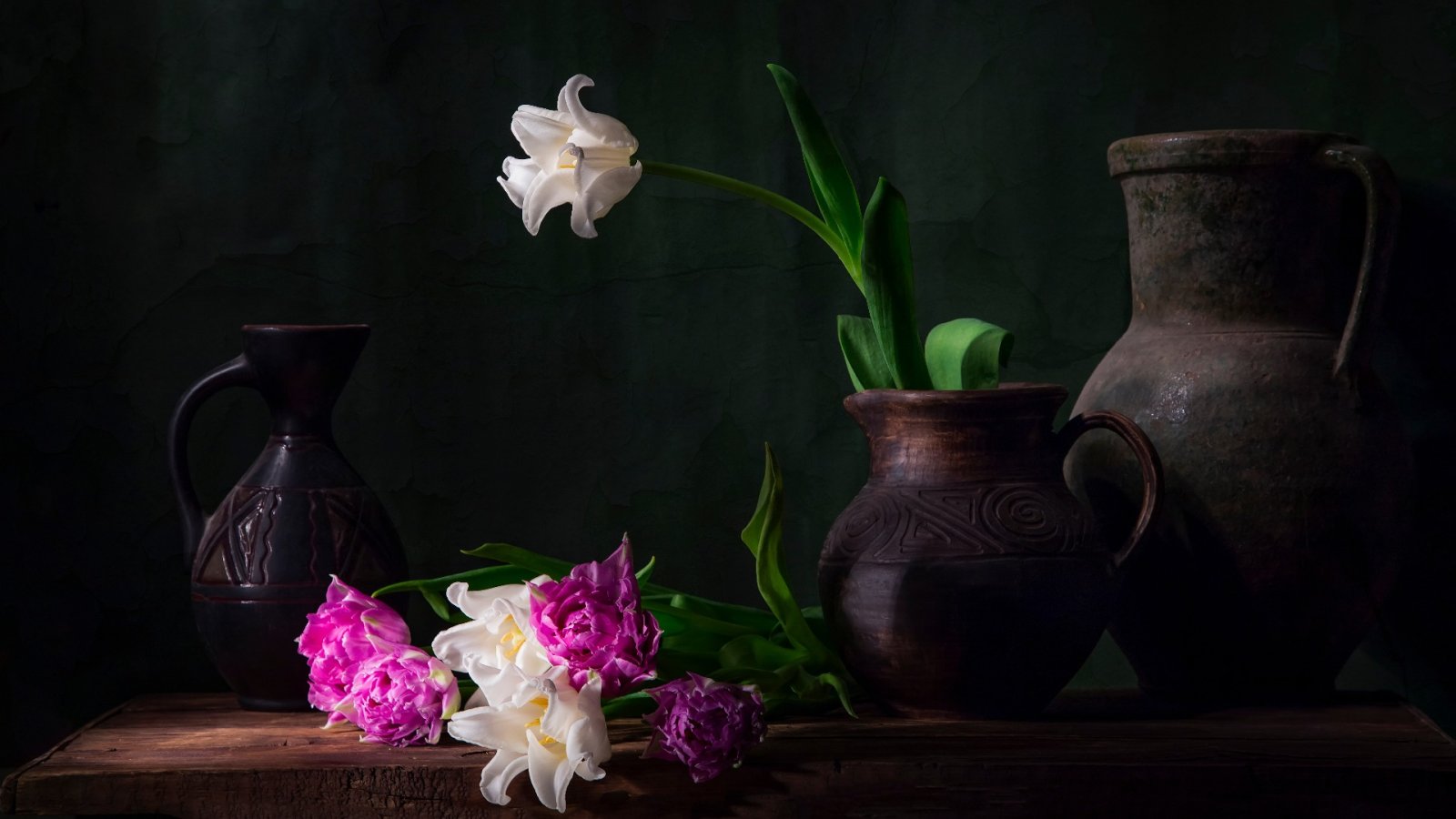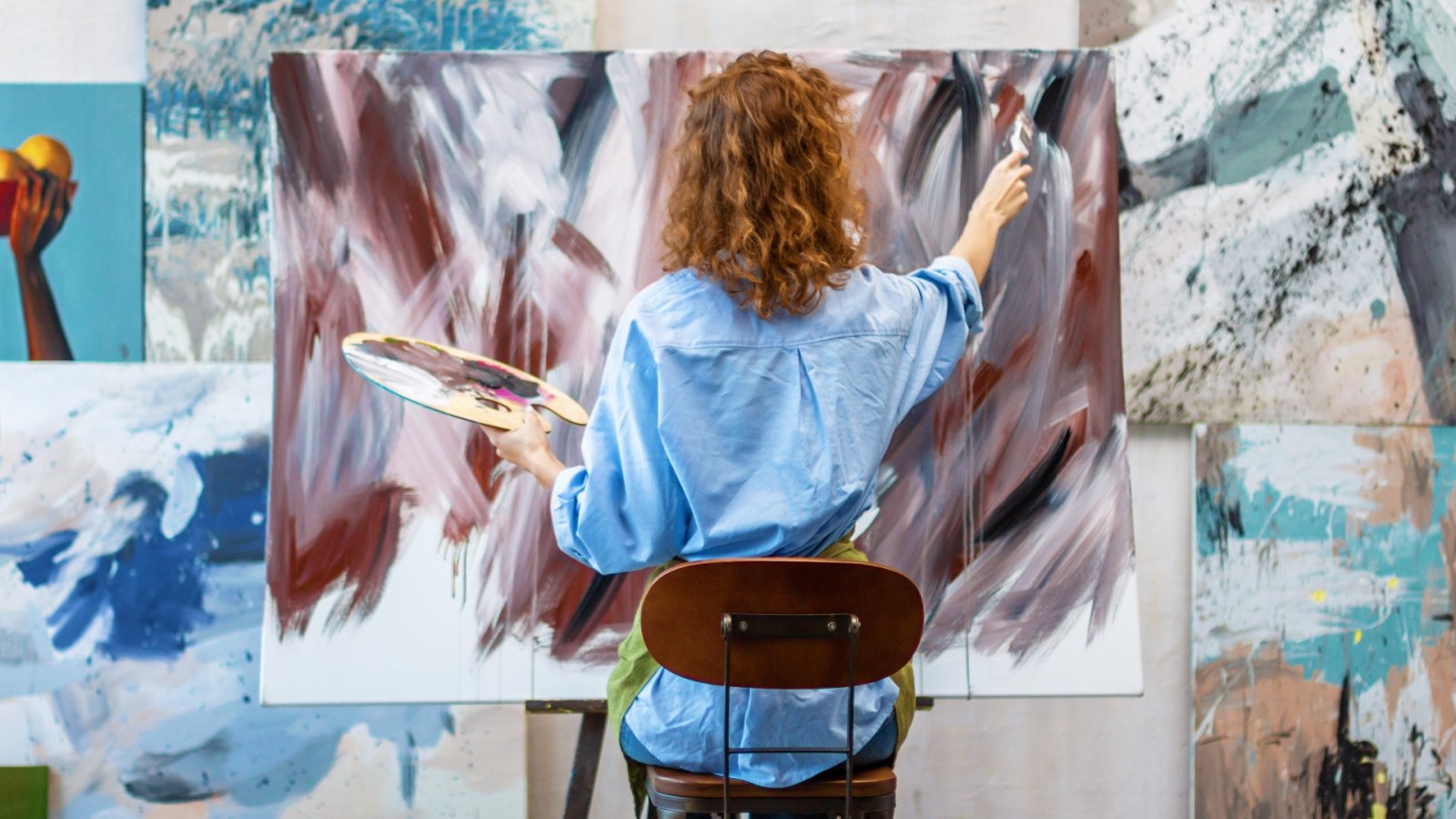Tirtzah Bassel, after becoming a mother, observed that Western art canon ignored the act of birth and became more aware of it being a universal human experience. She returned to her studio after a few months and began to explore an alternate canon where the experiences of birthing and menstruating bodies were prioritized through a series called "Canon in Drag" where the art was created by, for, and commissioned by women.
She began her series by reworking well-known images by Old Masters like Rubens, Rembrandt, and Van Eyck. In her version of Rogier van der Weyden's Crucifixion Diptych (1460), for example, Christ is replaced by a menstruating martyr, with a focus on the demonstration of possibility, loss, and renewal. Bassel's version of "The Origin of the World" resembles Gustave Courbet's, but instead depicts the act of birth. And in her reinterpretation of Petrus Christus' The Nativity, Joseph is portrayed as the primary caregiver of Jesus, holding him in a tender, skin-to-skin embrace.
So, in her adaptation of the canon, Bassel has produced artworks that are complete in and of themselves. However, she is not the only woman to take on iconic images by men to demonstrate disparities in gender representation. There are 11 other artists who have reinterpreted canonical artworks by men in painting, photography, video, and sculpture.
Sylvia Sleigh, The Turkish Bath
In his orientalist painting The Turkish Bath (1863), Jean-Auguste-Dominique Ingres depicted fleshy female nudes in various poses, using a hammam as his pretext. Feminist artist Sylvia Sleigh reimagined the painting, replacing the nudes with a group of naked men, including her husband Lawrence Alloway, as the reclining figure in the right foreground.
Maria Lassnig, Art Education, 1976
The animated film opens with dark shapes floating in space, which soon turns out to be Michelangelo's Expulsion from Paradise. Additionally, in the film, Mona Lisa is shown brushing her teeth while still maintaining her famous smile. The Austrian artist Maria Lassnig aimed with the short film which features Western art history classics to "reinterpret famous paintings such as those of Vermeer, Michelangelo, etc., in a feminist or another perspective". (Adding another playful take on Michelangelo, Lassnig added a Creation of Adam segment where Adam asks God if the angelic woman under his arm is his wife, which God denies, saying she's his Secretary).
Johannes Vermeer's The Art of Painting (1666-68), which Lassnig was familiar with and had visited at the Kunsthistorisches Museum in Vienna, appears twice in her film "Art Education". The scene fades out and when it reappears later, the two figures are reversed - the female model is shown sitting at the easel, while the male artist is now standing naked, instead of clothed and looking away. The artist is now depicted as bald and potbellied, rather than as in the original Vermeer painting.
Cindy Sherman, “History Portraits” series, 1988
In her "History Portraits" series, similar to her acclaimed "Untitled Film Stills" series, Cindy Sherman's images may appear familiar but hard to place. Mimicking the style and scale of canonical Renaissance, Baroque, Rococo, and Neoclassical works, Sherman's "History Portraits" delve into stereotypes, gender identity, and portraiture while also indicating the artificiality of these reproductions. Through the use of obvious prosthetics, wigs, and heavy makeup, these images have a distinct "off" feeling to them, suggesting that the source of inspiration are also constructed and should not be fully trusted.
Deborah Kass, 12 Red Barbras, 1993
In Deborah Kass's "The Warhol Project" series (1992-2000), she utilizes Warhol's style of celebrity portraiture to address her own experiences with the underrepresentation of Jewish people. Through the series, Kass reinterprets iconic figures such as Barbra Streisand, Gertrude Stein, and herself to comment on these issues. In the piece "12 Red Barbras" (1993), Kass replaces Warhol's repeating image of Jacqueline Kennedy with that of Streisand as a statement on representation.






